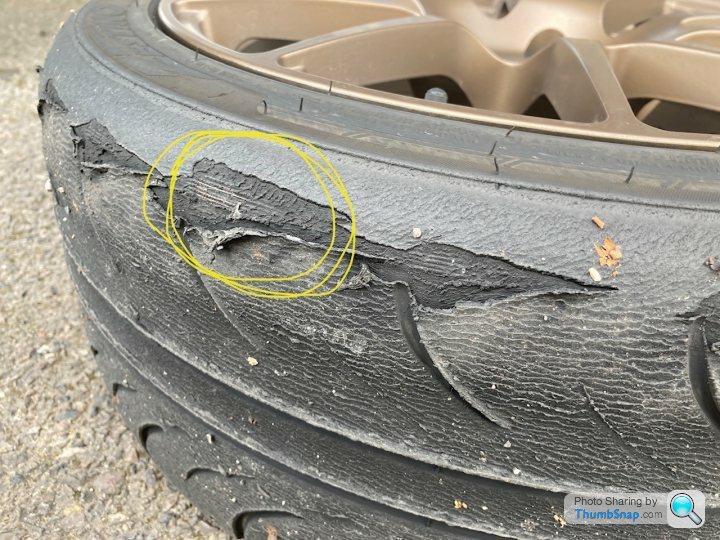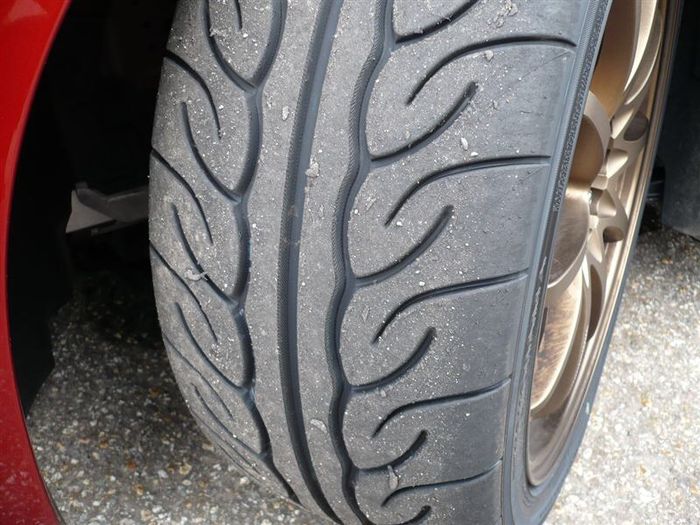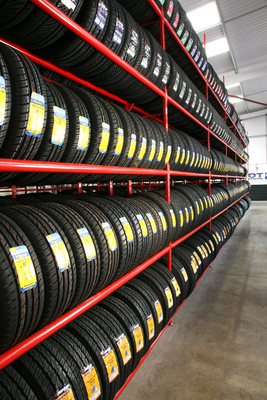All Categories
Featured
Table of Contents
I had the ability to obtain 100 hours out of one of these tires, and while it had absolutely no tire lugs left on it, the soft compound made it work really wellas long as I was using a soft mousse. Kitt Stringer photo Easy placing - 3Wear - 3Sidewall stamina - 3Performance on origins - 4Performance on damp rocks - 2Traction on dirt - 5Cornering ability - 4Traction while braking - 4Self-clearing of dust and mud - 3Performance in mud - 3Overall predictability or monitoring - 3 _ 37 Conclusion: This is a good well-rounded tire with excellent worth for money.

The wear corresponded and I like exactly how lengthy it lasted and just how regular the feeling was throughout use. This would additionally be a good tire for faster races as the lug size and spacing little bit in well on fast terrain. Kitt Stringer photo Easy installing - 3Wear - 3Sidewall stamina - 3Performance on roots - 4Performance on wet rocks - 4Traction on dust - 4Cornering capability - 4Traction while stopping - 5Self-clearing of dust and mud - 4Performance in mud - 4Overall predictability or tracking - 4_42 Final thought: I liked this tire a whole lot.
If I had to purchase a tire for hard enduro, this would be in my top option. Easy placing - 3Wear - 3Sidewall stamina - 3Performance on roots - 4Performance on damp rocks - 3Traction on dirt - 4Cornering ability - 3Traction while braking - 3Self-clearing of dirt and mud - 4Performance in mud - 4Overall predictability or tracking - 3 _ 34 Final thought: This tire was extremely soft and pliable.
All the gummy tires I evaluated carried out fairly close for the first 10 hours or so, with the victors going to the softer tires that had far better traction on rocks (Tyre safety checks). Getting a gummy tire will most definitely provide you a strong benefit over a normal soft substance tire, but you do spend for that benefit with quicker wear
Tyre Care – Ballajura WA
This is a suitable tire for spring and loss problems where the dust is soft with some wetness still in it. These tried and tested race tires are terrific all about, but put on swiftly.
My overall winner for a tough enduro tire. If I had to spend cash on a tire for everyday training and riding, I would certainly pick this.
Best Tyre Shop Services
I have actually been running a set of Michelin Power Pilot 2CT's on my track Daytona 675 for the previous year. Because time I have done 15 track days in all climates from cool damp to very warm and these tyres have never ever missed out on a beat. Tyre safety checks. I've done virtually 2,000 miles (3,200 kilometres) on them and as you can see from this shot of the front taken after initial session of my 15th track day on them, they still have quite a great deal of rubber left on them
In other words the 2CT is an outstanding track day tire. If you're the type of biker that is likely to experience both damp and completely dry conditions and is starting on course days as I was in 2014, then I think you'll be tough pushed to find a better worth for money and experienced tyre than the 2CT; a set of which will certainly set you back around 185 (US$ 300) in the UK.
Coming up with a better all round road/track tire than the 2CT should have been a tough task for Michelin. The outcome of that initiative is the Michelin Pilot Power 3 which basically changes the Pure. Do not confuse this new tire with the roadway going Pilot Road 3 which is not made for track usage (although some motorcyclists do).
When the Pilot Power 3 introduced, Michelin advised it as a 50:50% road: track tire. All the cyclist reports that I've read for the tire rate it as a far better tyre than the 2CT in all locations yet specifically in the damp.
Honest Tyre Safety Checks – Ballajura WA
Technically there are quite a few distinctions between the two tires despite the fact that both utilize a dual compound. Visually you can see that the 2CT has less grooves reduced right into the tire yet that the grooves run to the edge of the tyre. The Pilot Power 3 has more grooves for much better water dispersal however these grooves do not reach the shoulder of the tire.
One aspect of the Pilot Power 3 which is different to the 2CT is the brand-new 2CT+ technology which expands the harder middle area under the softer shoulders (on the back tire). This must provide a lot more security and minimize any type of "squirm" when accelerating out of corners regardless of the lighter weight and more adaptable nature of this brand-new tire.

I was a little suspicious concerning these lower pressures, it turned out that they were great and the tyres done actually well on track, and the rubber looked better for it at the end of the day. Equally as a point of recommendation, various other (quick group) cyclists running Metzeler Racetecs were using tire stress around 22-24 psi for the rear and 24-27 psi on the front.
Developing a better all rounded road/track tire than the 2CT have to have been a tough task for Michelin. The result of that initiative is the Michelin Pilot Power 3 which basically replaces the Pure. Do not perplex this brand-new tyre with the roadway going Pilot Road 3 which is not developed for track use (although some bikers do).
Honest Tyre Shop Near Me – Ballajura WA
They motivate substantial confidence and offer amazing grip degrees in either the damp or the completely dry. When the Pilot Power 3 released, Michelin recommended it as a 50:50% roadway: track tyre. That message has just recently transformed due to the fact that the tires are currently suggested as 85:15% roadway: track use instead. All the motorcyclist reports that I have actually reviewed for the tyre price it as a better tyre than the 2CT in all locations however specifically in the wet.

Technically there are quite a few differences between the two tyres although both make use of a twin substance. Visually you can see that the 2CT has fewer grooves cut right into the tyre yet that the grooves go to the edge of the tire. The Pilot Power 3 has more grooves for better water dispersal however these grooves do not get to the shoulder of the tire.
One aspect of the Pilot Power 3 which is various to the 2CT is the brand-new 2CT+ innovation which expands the harder center section under the softer shoulders (on the back tire). This should give extra stability and minimize any type of "squirm" when speeding up out of corners in spite of the lighter weight and more flexible nature of this brand-new tyre.
Although I was somewhat uncertain regarding these reduced pressures, it ended up that they were great and the tyres performed actually well on course, and the rubber looked much better for it at the end of the day. Equally as a point of recommendation, other (fast group) cyclists running Metzeler Racetecs were utilizing tyre stress around 22-24 psi for the back and 24-27 psi on the front
Latest Posts
Wheel Alignment – Embleton WA
Top Tyre Offers – Eden Hill WA
Trusted Cheap Tyres Near Me – Wangara 6065 WA